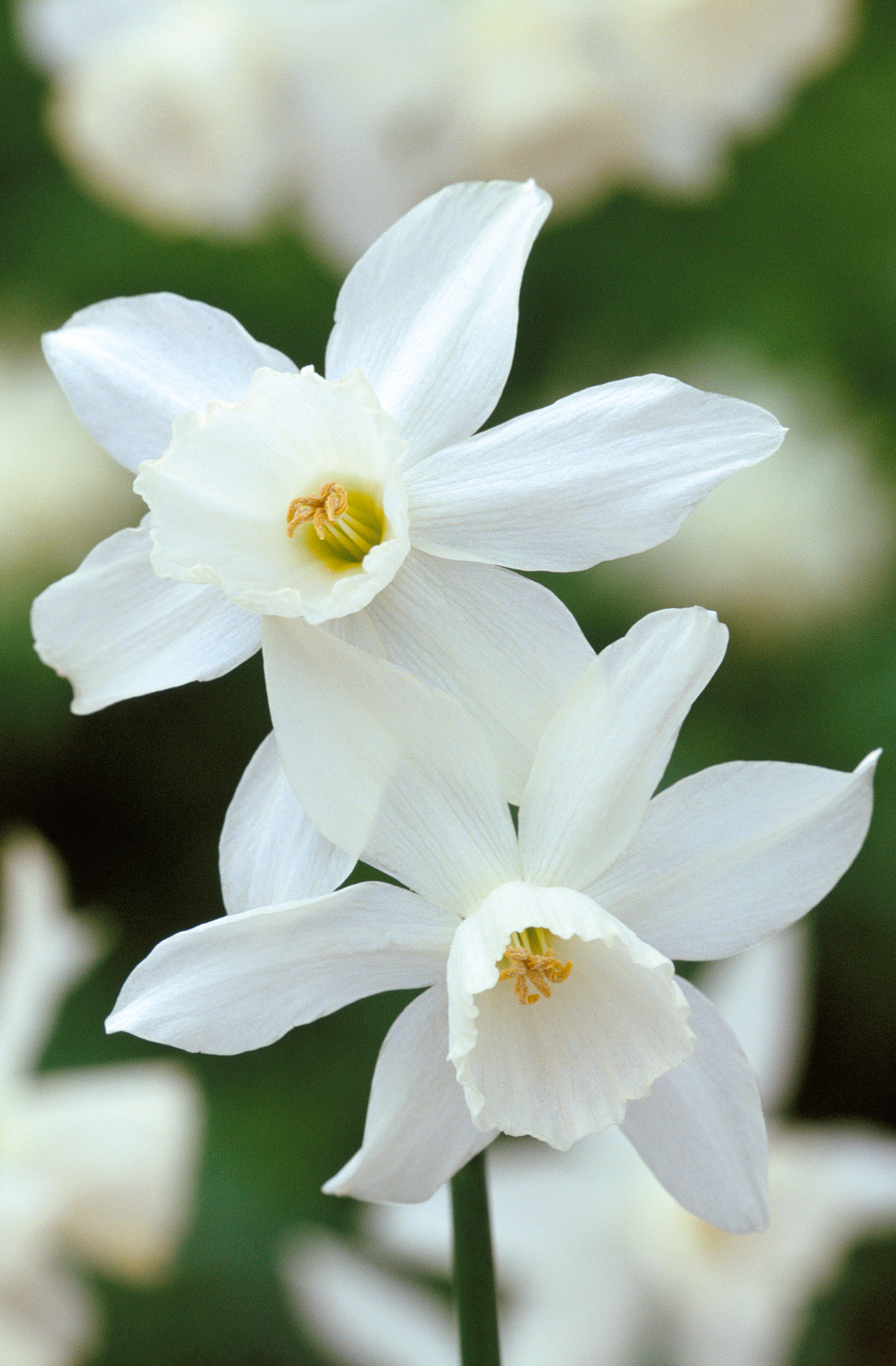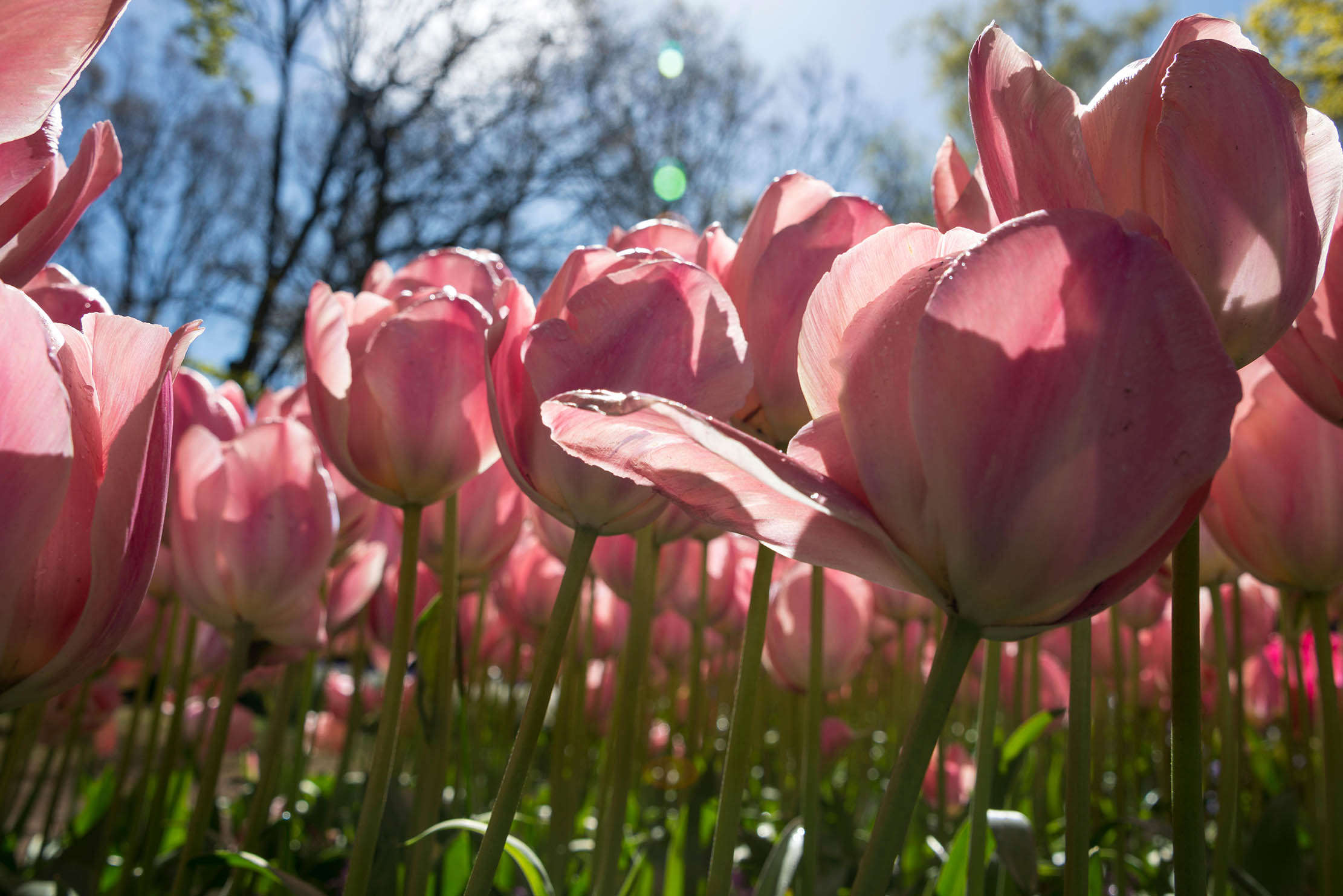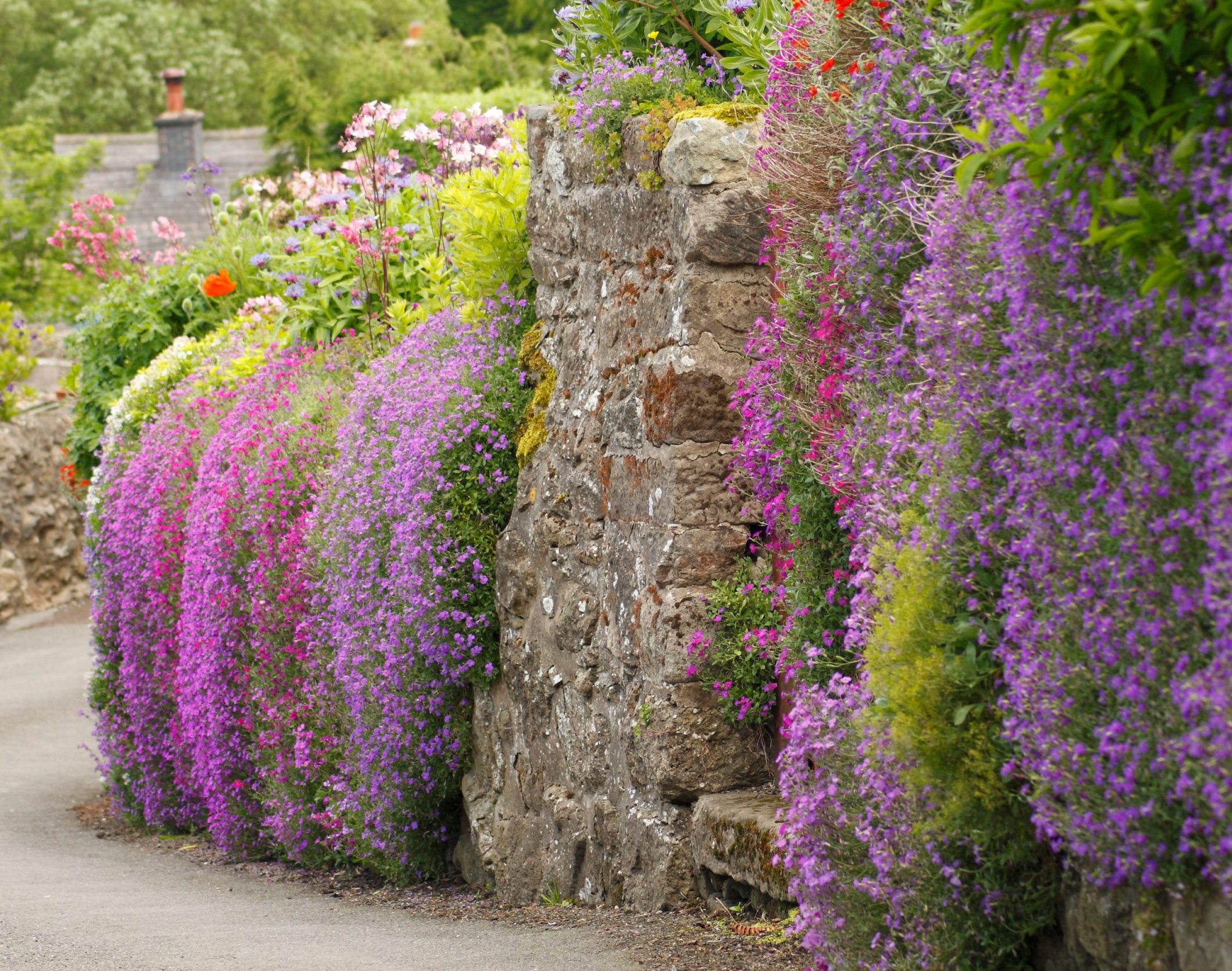Alan Titchmarsh: Wordsworth was dead wrong about lonely clouds — but he was on to something with daffodils
Alan Titchmarsh loves daffodils — don't we all? — and shares some of his favourite varieties.


The Lakeland poet William Wordsworth didn’t always get it right. ‘I wandered lonely as a cloud,’ he wrote. As any resident of Cumberland and Westmorland knows only too well, no cloud in the Lake District is ever lonely. Cumbrian clouds come in battalions, loaded with the rainfall that fills Windermere and Derwentwater. Where the poet was spot on is in his description of the joy engendered by those daffodils that were ‘fluttering and dancing in the breeze’.
Snowdrops earn our admiration for their bravery and their modest demeanour in the chilliest late-winter months, but it is the varieties of narcissus that take the crown for breathtaking spring spectacle. Daffodils — the name we give collectively to the large-trumpeted kinds of narcissus — lift our spirits like no other flower, emerging as they do after a long cold or wet winter when our spirits have dimmed to match the light intensity of November through to February.
Our own native Lent lily, Narcissus pseudonarcissus, has a bashful beauty with its nodding heads and petals that seem too shy to open fully. But in gardens, we can choose from more than 25,000 cultivated varieties that flower from February until May.
Making notes over the next couple of months of those varieties you find especially pleasing will make sure that, come late summer, you can order with spring 2025 in mind. Be they planted in pots, beds or borders, or naturalised in grass, think about the height of the flowers, as well as their colour. The miniatures, such as the ever-reliable ‘Tête-à-tête’, ‘Jetfire’, ‘Jenny’ and ‘Little Witch’, are superb in pots or shallow half-pots and will flower readily for a couple of years without being moved on. (Pop them alongside the garden shed and water them for a couple of months after flowering, then they can be allowed to dry out.) They are also the best ones to choose to plant in clumps of 10 at the front of beds and borders and for small gardens where their scale is appropriate to their surroundings. Plant them 2in apart within the clump and 5in deep. New varieties come along each year and represent brilliant value for money — each one is worth a try. Plant 10 of them in an 8in clay flowerpot and await the delights of spring.
"'Welcome to the countryside!’ they seemed to say. Poetic? A bit, but, as Wordsworth understood, daffodils can have that effect on a chap"
The old, taller, bright-yellow varieties, such as ‘King Alfred’, ‘Carlton’ and ‘Fortune’ (called ‘cooking daffs’ by a friend of mine), might be statuesque, but the trumpet flowers are so large that they tend to be bowed down by heavy rainfall and snow, which lowers their blooms to the ground and allows any passing mollusc to pop on board for a snack. There are plenty of other varieties with sturdy stems and flowers of good, but not top-heavy nature that offer scale without the heartache.
When naturalising daffs and narcissi in grass each autumn, some folk scatter them in curving, moon-shaped drifts. I prefer random clumps that offer a more pleasing spectacle. Planted 3in apart in holes 6in deep in clumps of a couple of dozen, they will thrive and increase year on year — if they like your soil and the spring weather is propitious. Drought at flowering time (when next year’s blooms are being formed deep down in the bulb) can result in grassy foliage rather than flowers. When rejoicing in a sunny Easter, my mind always turns to next year’s show of daffs.
Shallow planting in dry soil often leads to fizzling out — especially with bulbs planted in grass — but much depends on the resilience of the variety. A handful of blood, bone and fishmeal at flowering time will help fuel bulbs for next year. ‘Ice Follies’, with its flattened corona (trumpet) of pale yellow set off by the creamy-white petals is one of the best with me and ‘February Gold’ one of the earliest. In beds and borders, I love the white ‘butterfly’ flowers of ‘Thalia’ reliably blooming year after year.
Exquisite houses, the beauty of Nature, and how to get the most from your life, straight to your inbox.
Whatever the variety, allow the foliage to die down after flowering for six weeks (you can snap off faded flowers, but no elastic bands and knots, please). After six weeks, the leaves will have passed sufficient food down into the bulbs to fuel next year’s flowers and you can chop off the lot with impunity.
‘Old Pheasant’s Eye’, with white petals and tiny red-and-yellow centre, is about the last to flower in late May and, when cut and brought indoors, its fragrance is wonderfully refreshing. I’ve never forgotten the entrance hall of an old country house, where a mass of these flowers erupted from a bowl in the centre of a circular and highly polished walnut table. ‘Welcome to the countryside!’ they seemed to say. Poetic? A bit, but, as Wordsworth understood, daffodils can have that effect on a chap.
Chatsworth: The gardens and the people who made them by Alan Titchmarsh is out now (Ebury Spotlight, £35)

Alan Titchmarsh: Everyone loves tulips — but make sure you plant the good ones
It's the time of year to plant tulips if you want an explosion of colour next Spring. Alan Titchmarsh picks

Alan Titchmarsh: Change your plants, buy a greenhouse, erect a shed — do something to shake up your garden this winter
Spring will be here before you know it, so why not shake up your garden before the bloom? Alan Titchmarsh

Alan Titchmarsh: The bright, cheery flower which fired my childhood dreams of becoming a gardener
Gardener, writer and broadcaster Alan Titchmarsh tells of his love for the irresistible yet unfairly overlooked aubretia.
Alan Titchmarsh is a gardener, writer, novelist and broadcaster.
